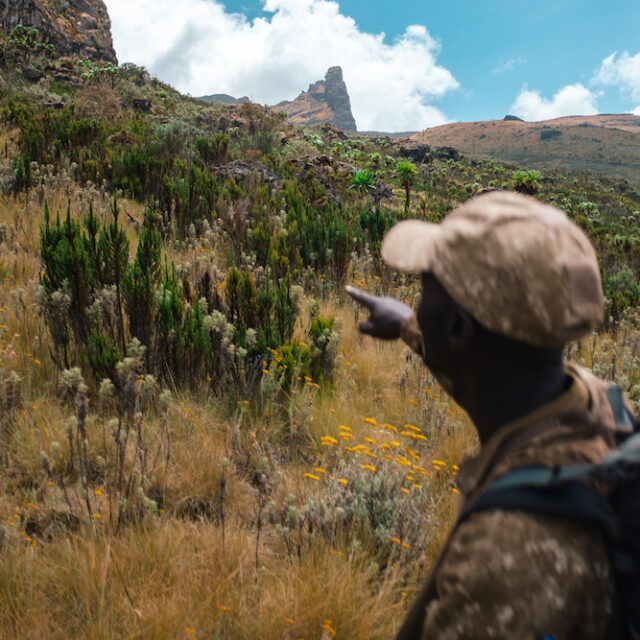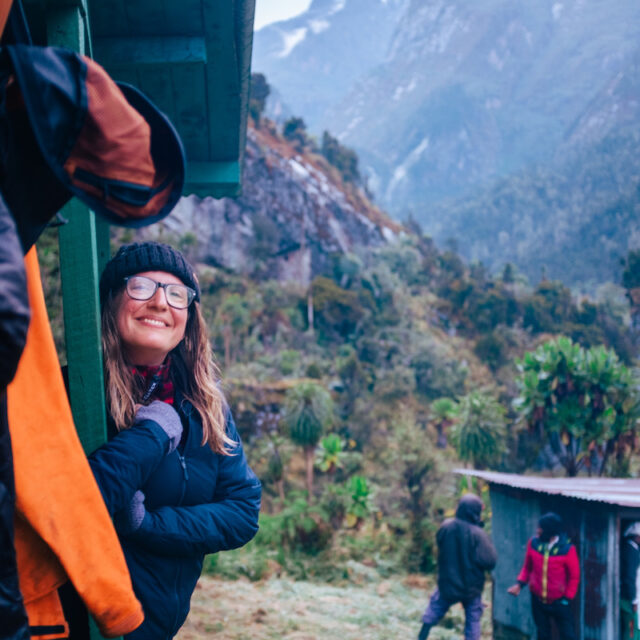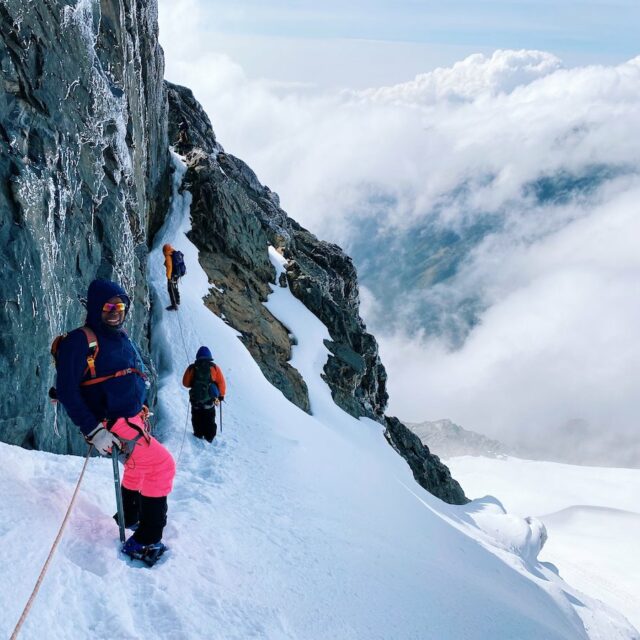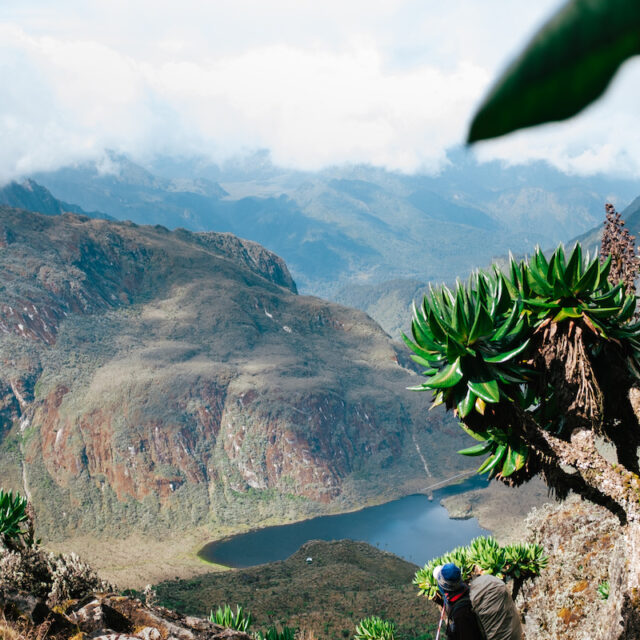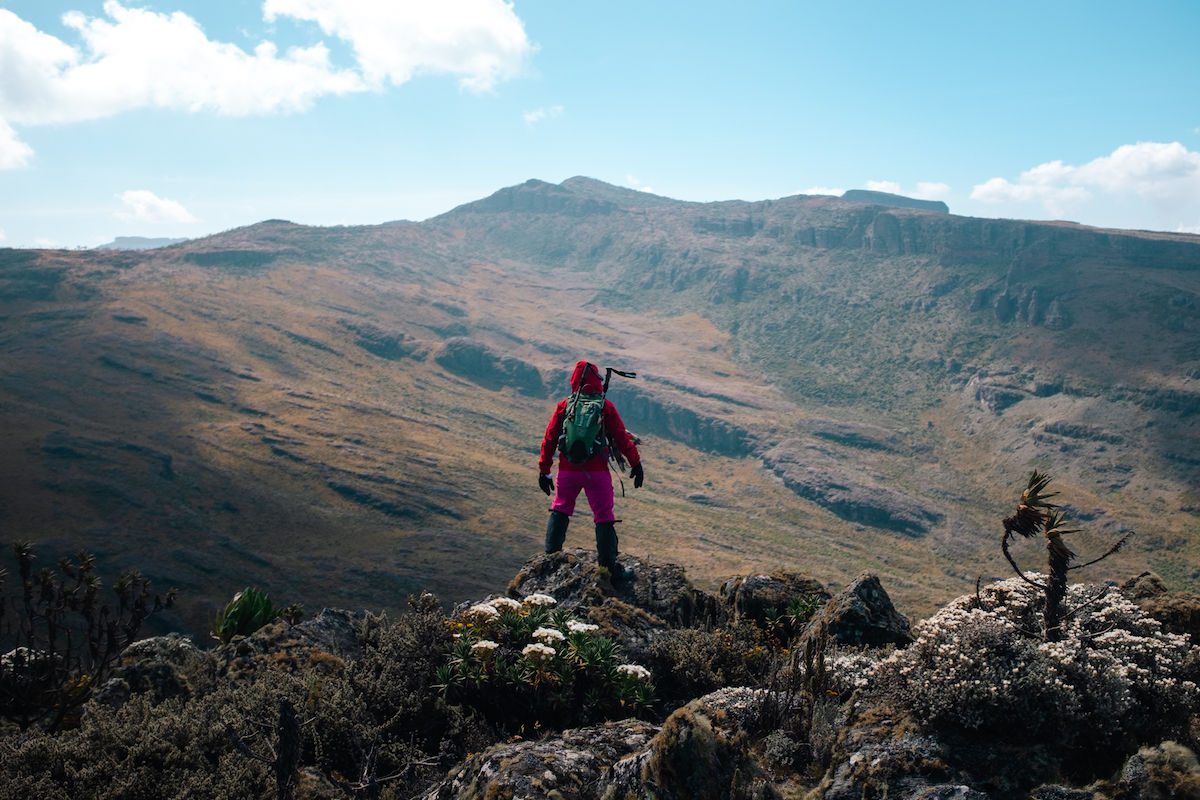
In February, we travelled east to Mbale to climb Mt Elgon using the less commonly used Sipi-Sasa Trail from Kapkwai. Did you miss the first part? Read it here: Mt Elgon: Sipi-Sasa Trail to Mude Camp.
On summit day, we got up at 6 am and huddled around the fire for a quick breakfast and coffee before grabbing our day packs and hitting the trail towards the summit. Our target for the day was not one but two of Elgon’s peaks. First up: Jackson’s Peak, also known as Masaba.
Masaba Peak is often mistaken for Elgon’s tallest when viewed from the lowlands. Actually, the Bagisu, also known as the Bamasaba, consider Mount Elgon to be the embodiment of their founding father, Masaba and refer to the entire mountain by this name (not just the peak). Wagagai is named after Masaba’s wife.
History aside, Masaba Peak is my personal favorite. It has all I want in a summit push: some nice scrambling up a steep incline and a fitting reward of stunning views from the summit.
Just look at this:
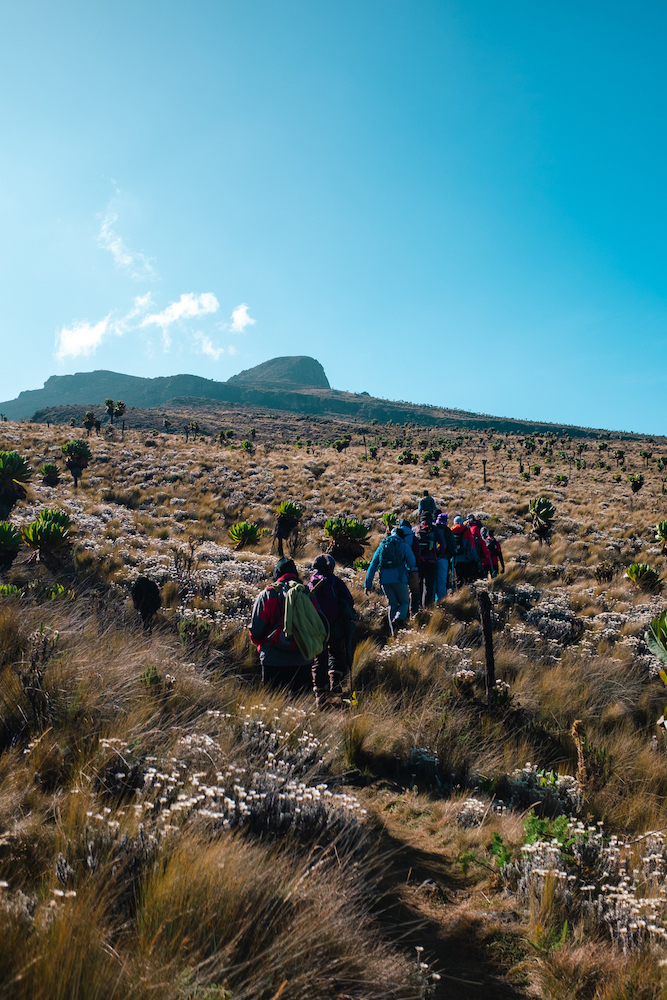
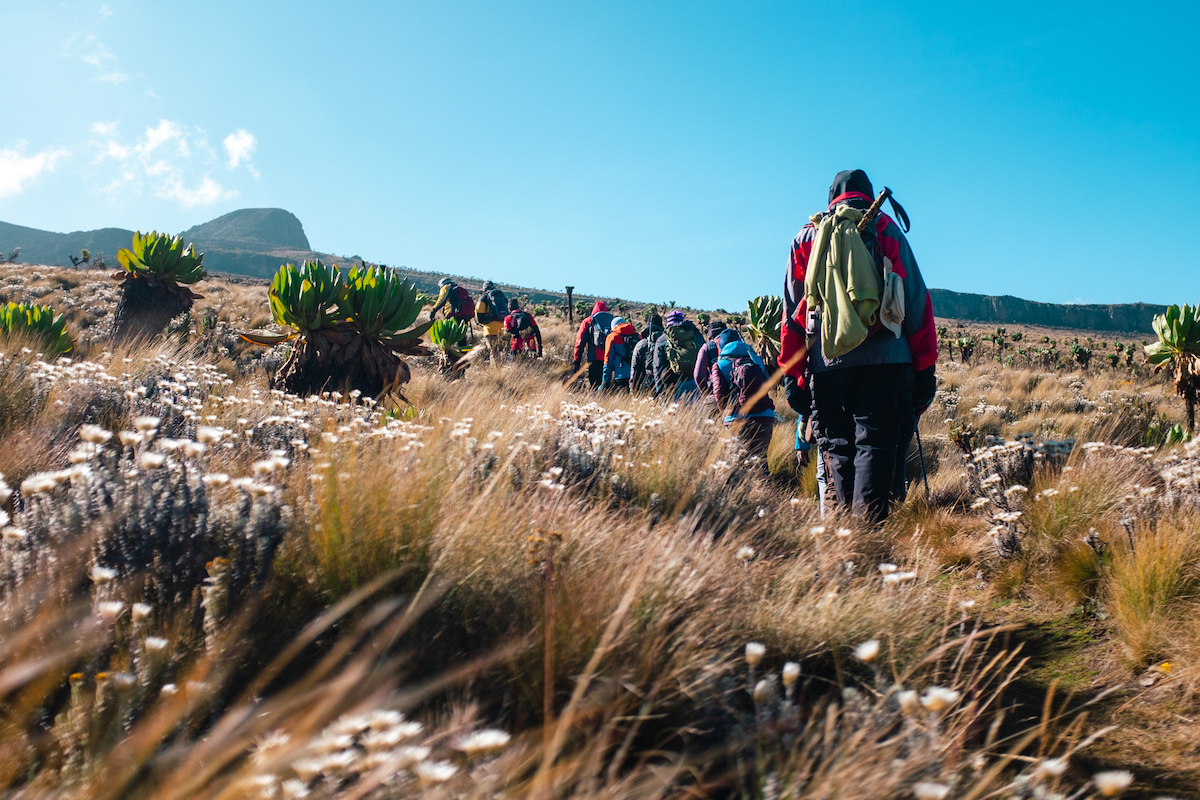
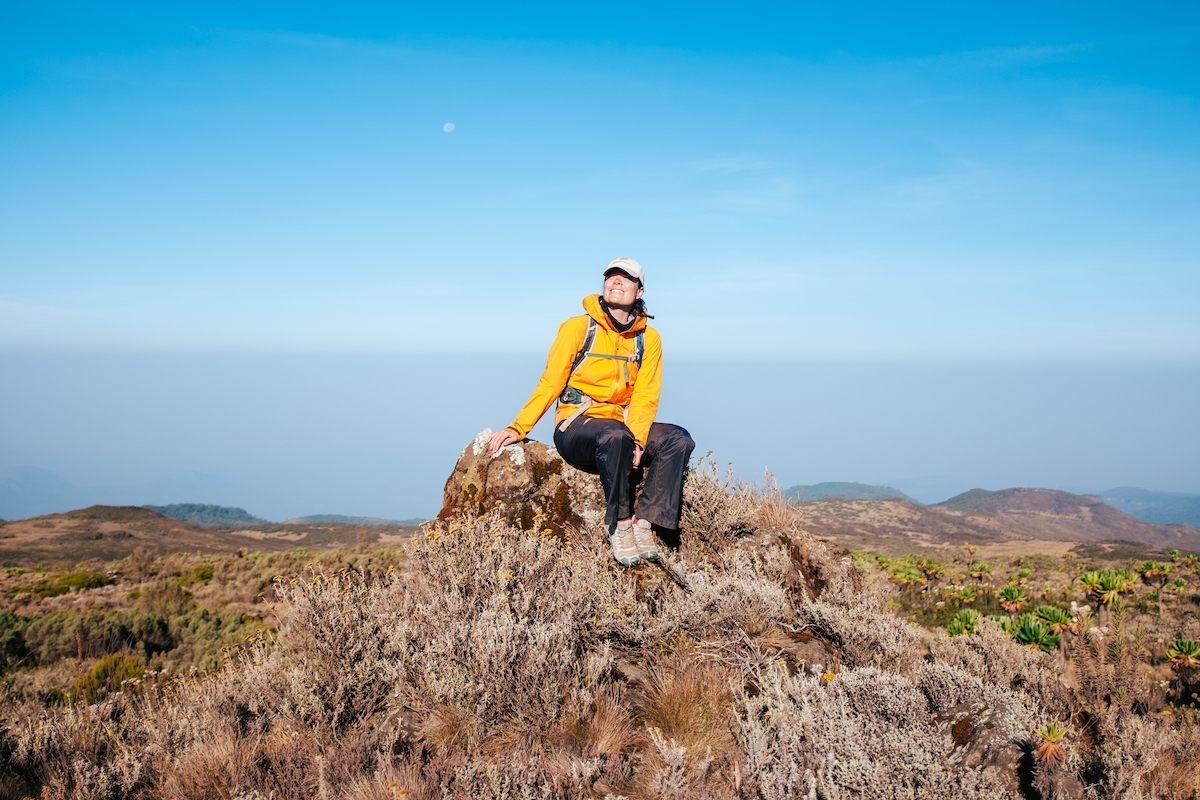
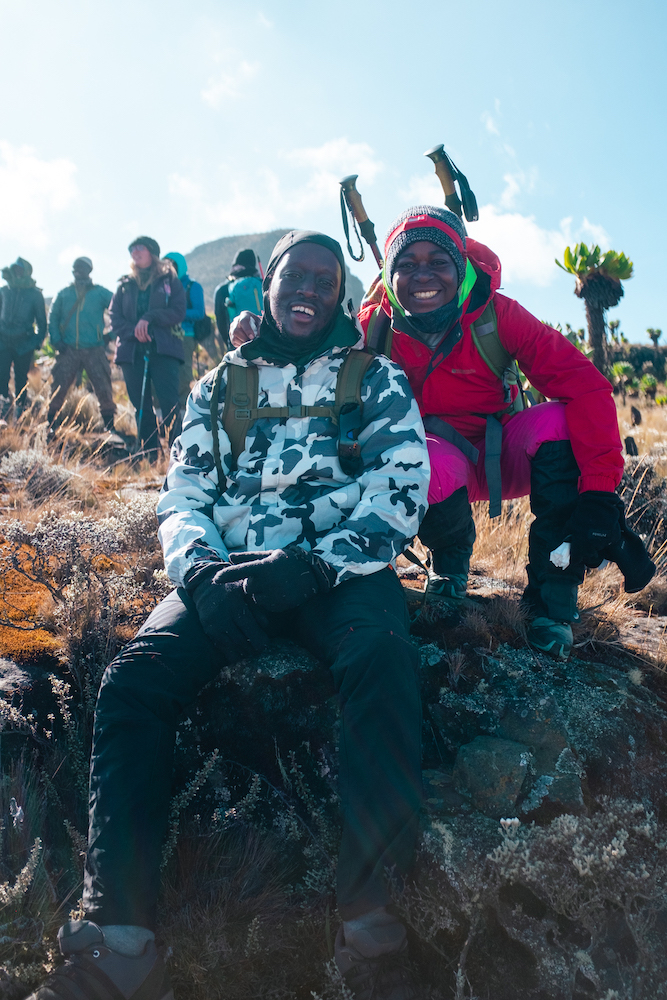
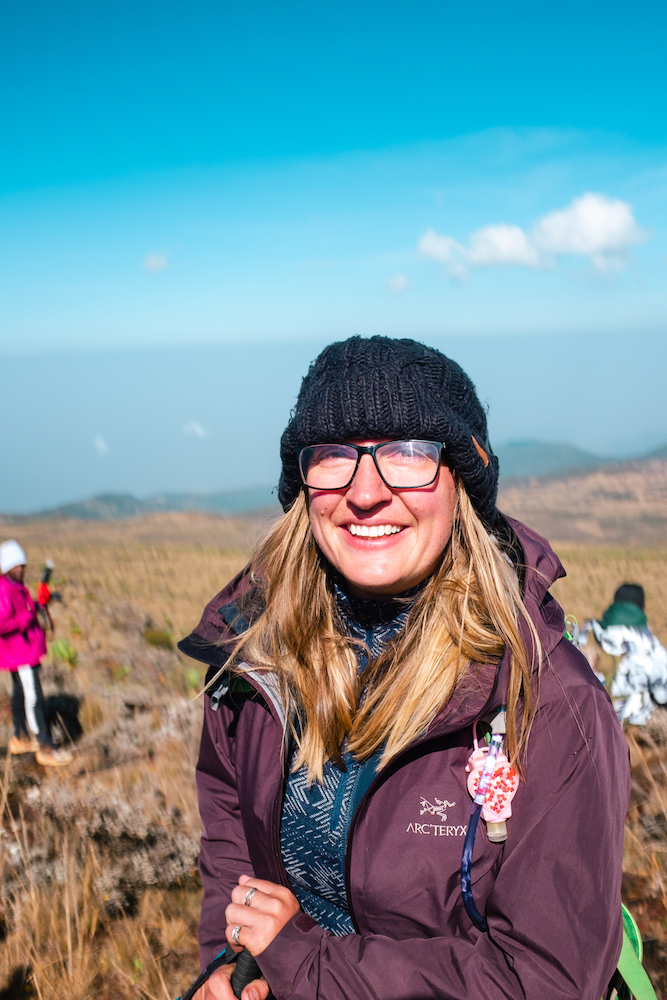
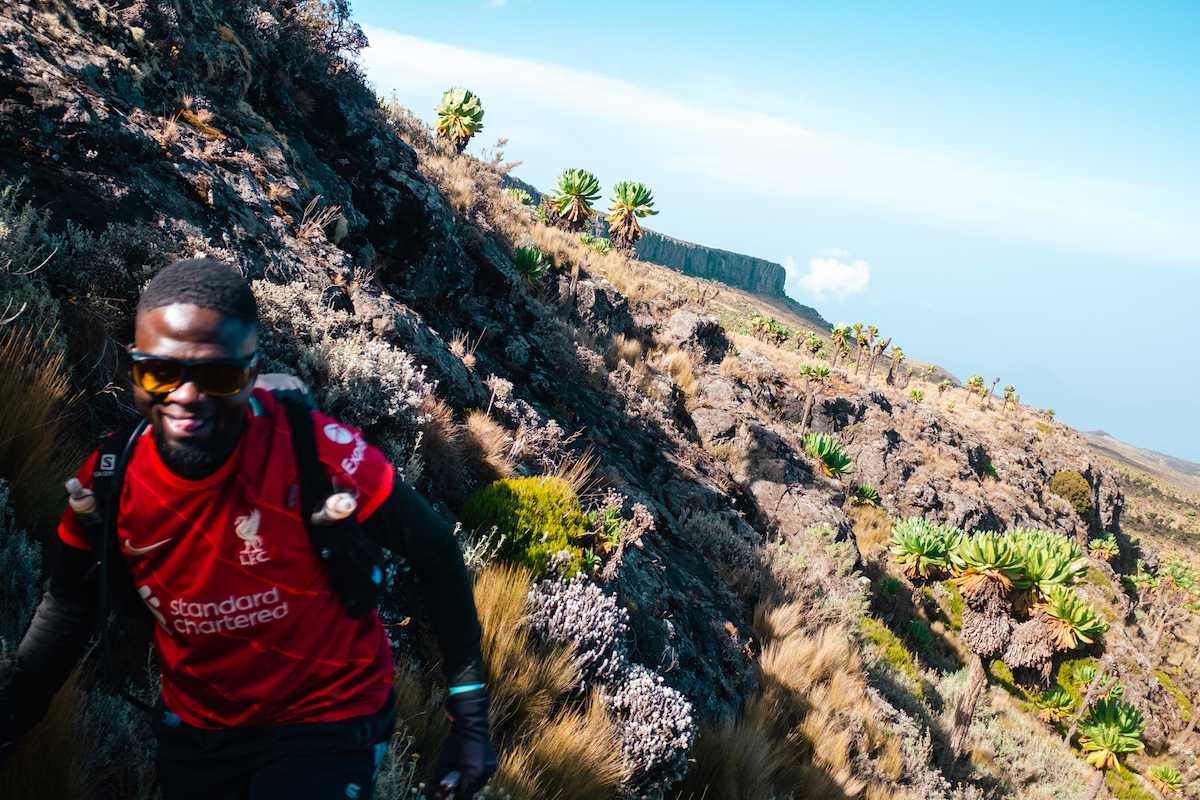
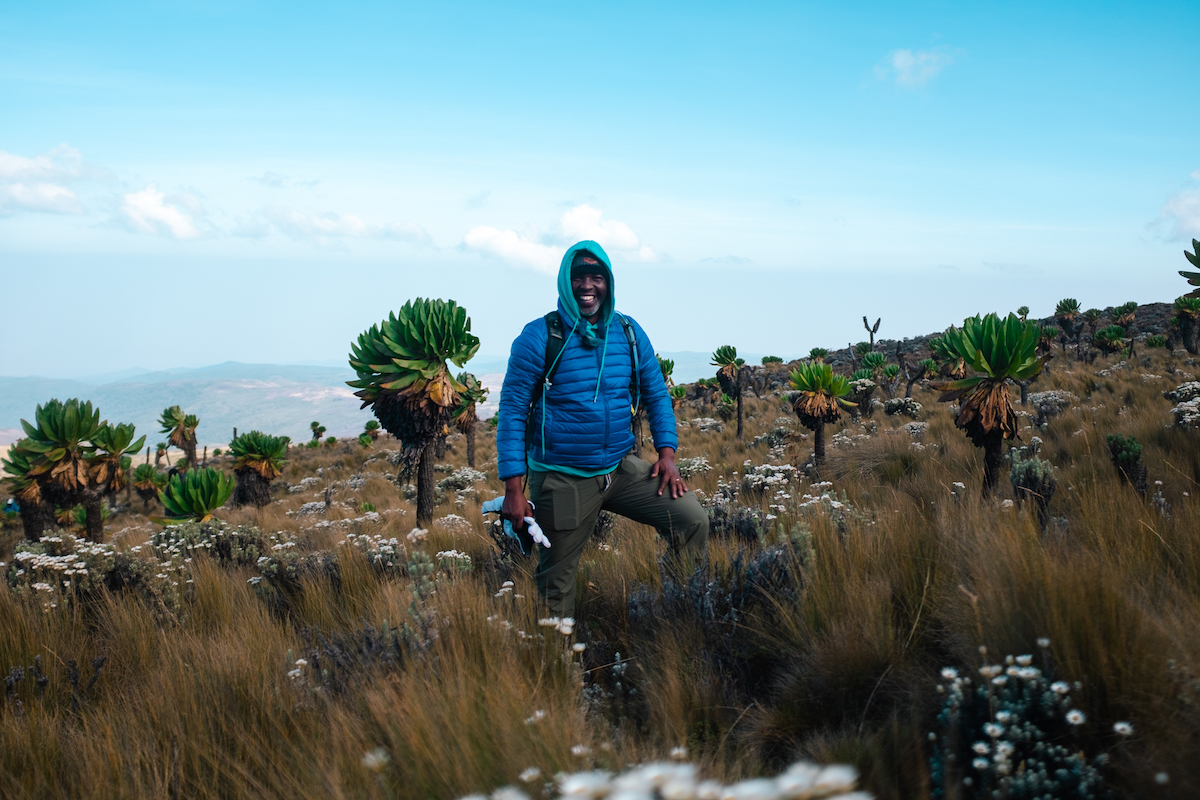
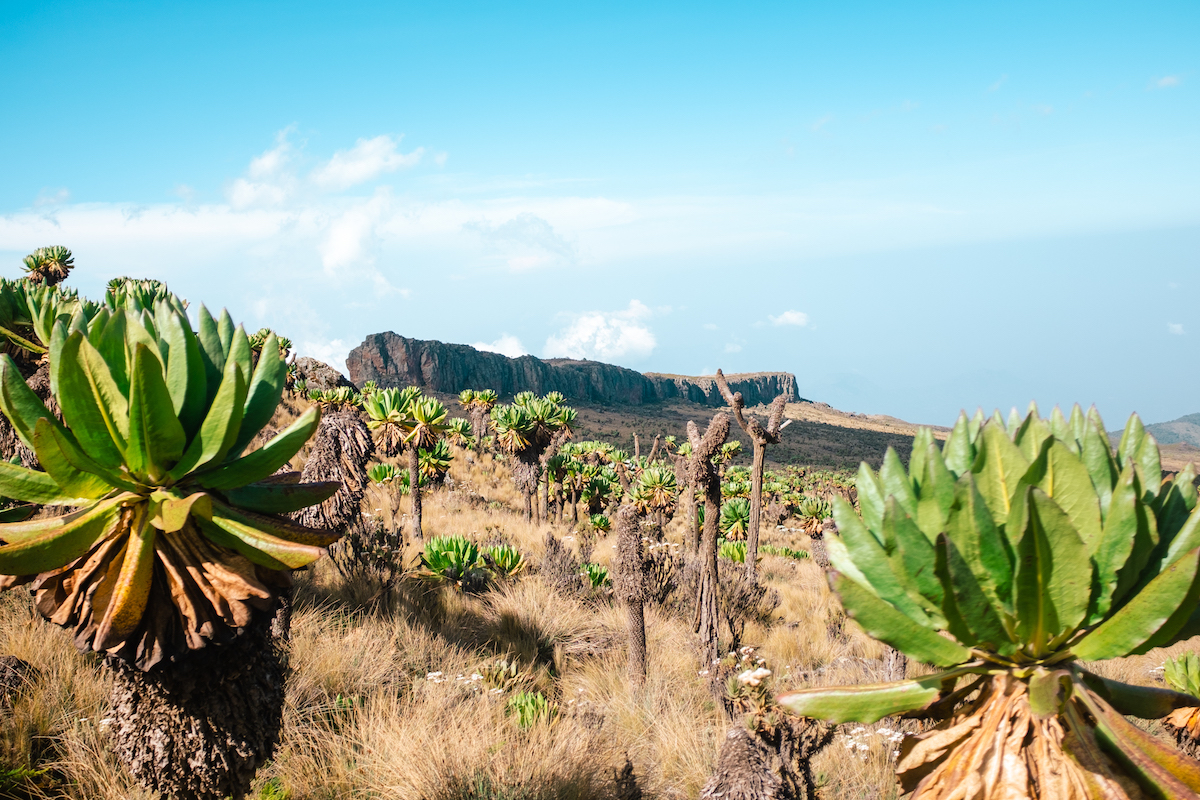
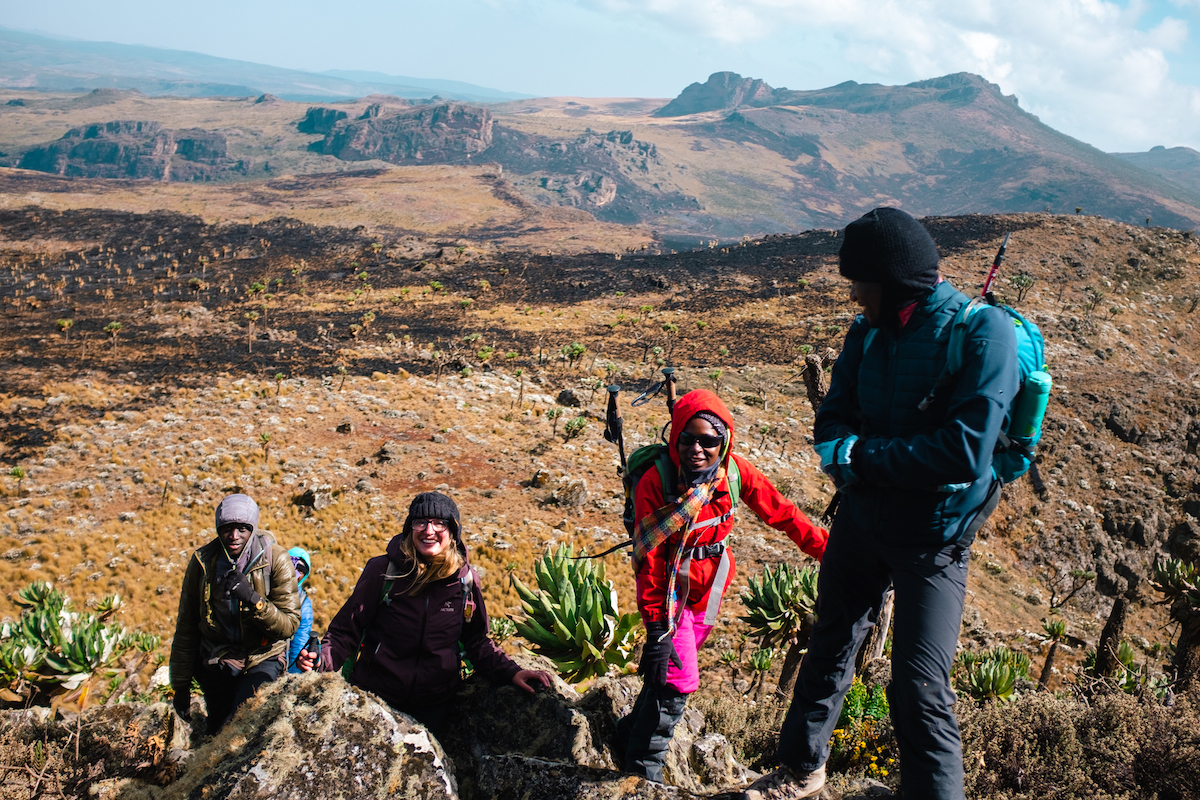

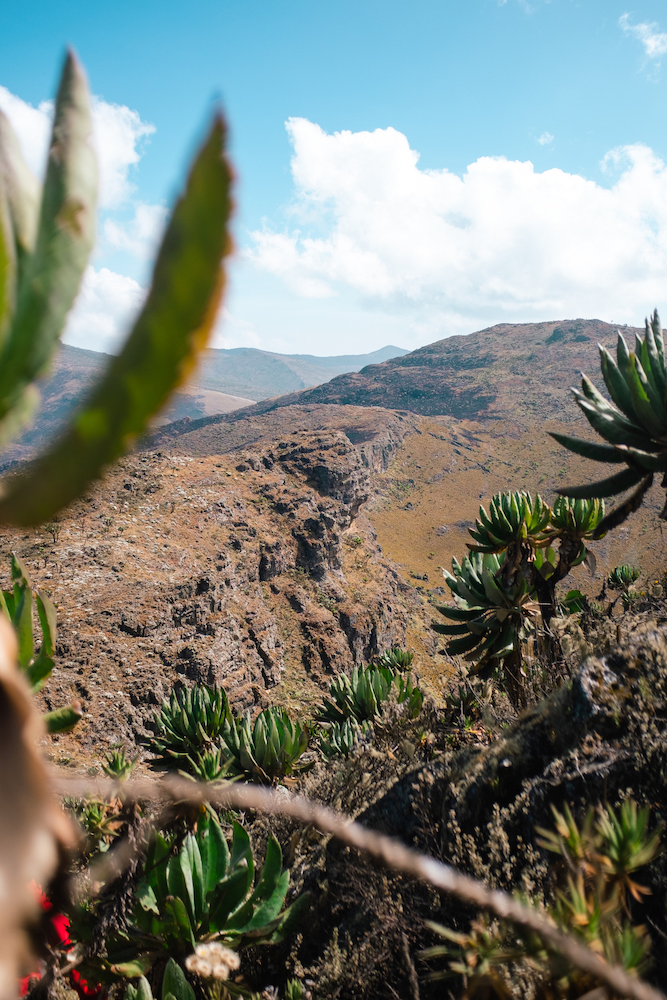
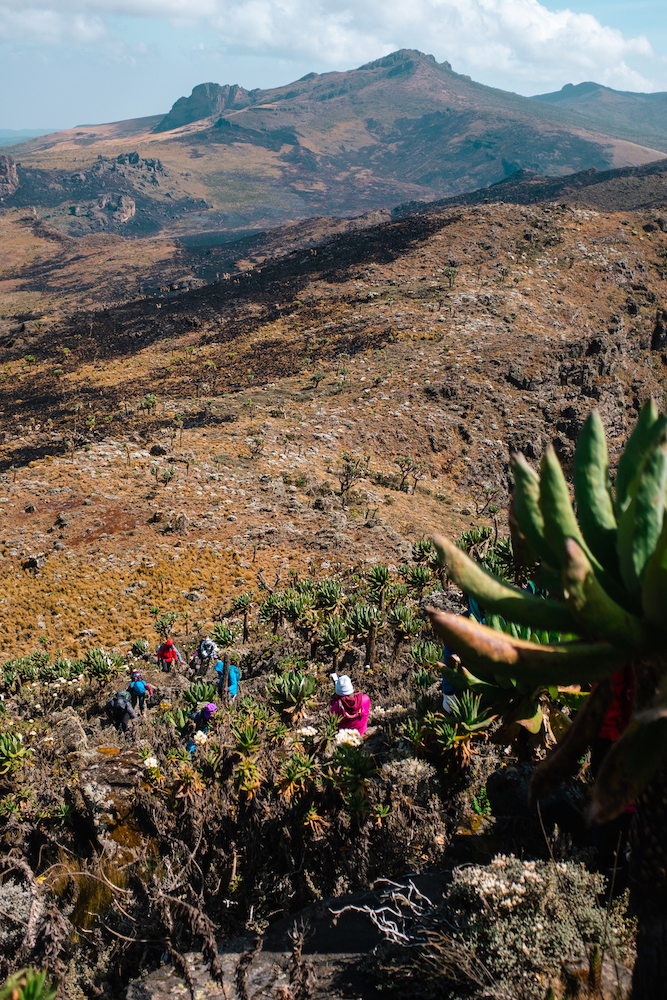
After a loooooong photo stop, we scrambled back down and continued towards the highest peak.
The climb was slow, as some of our team were struggling with the altitude, so we took plenty of breaks for photos, snacks and conversations while we allowed our teammates to acclimatize.
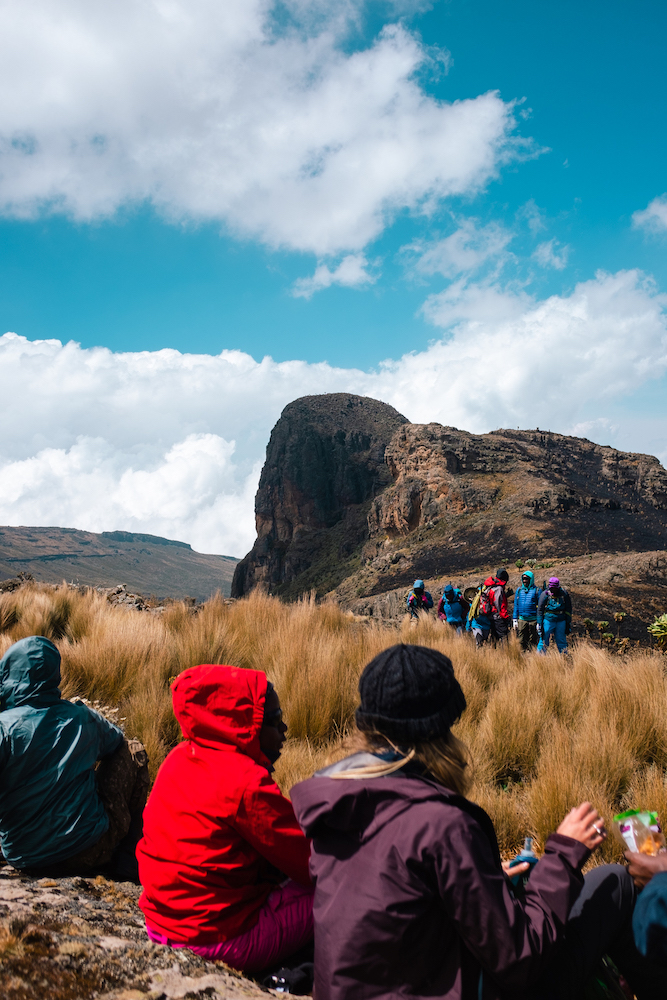
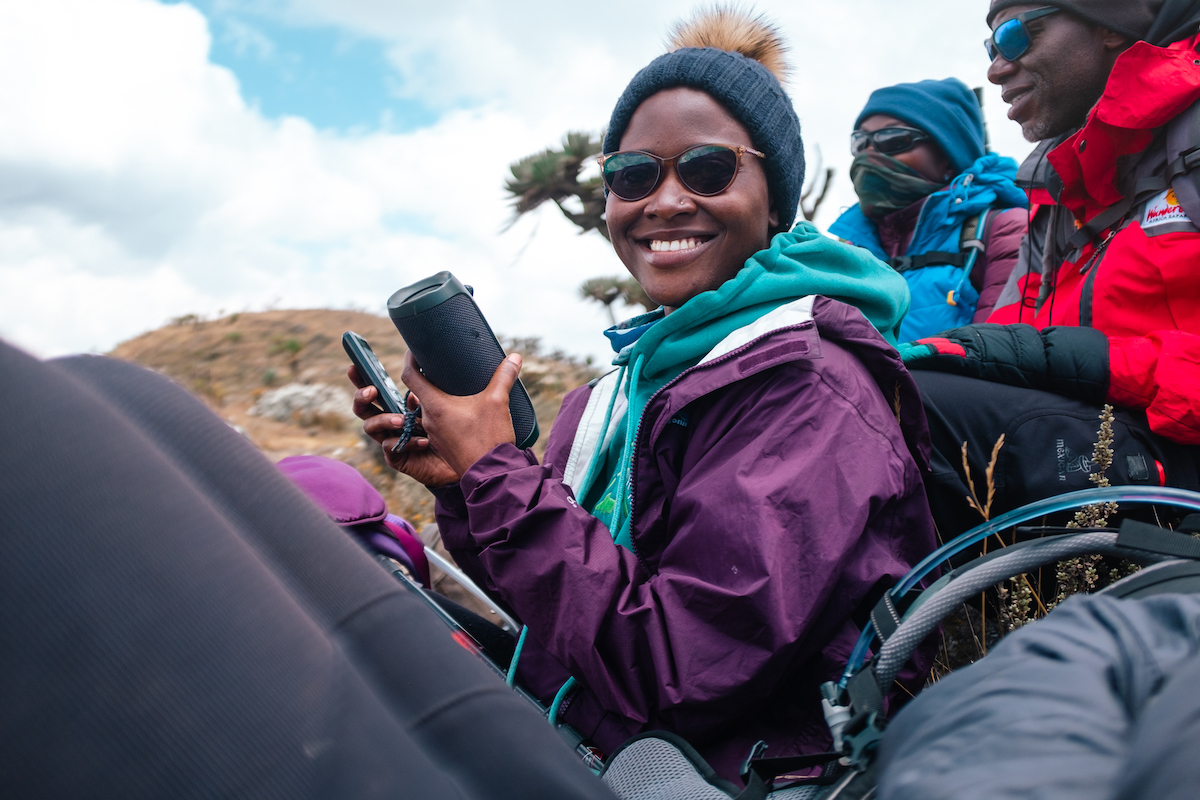
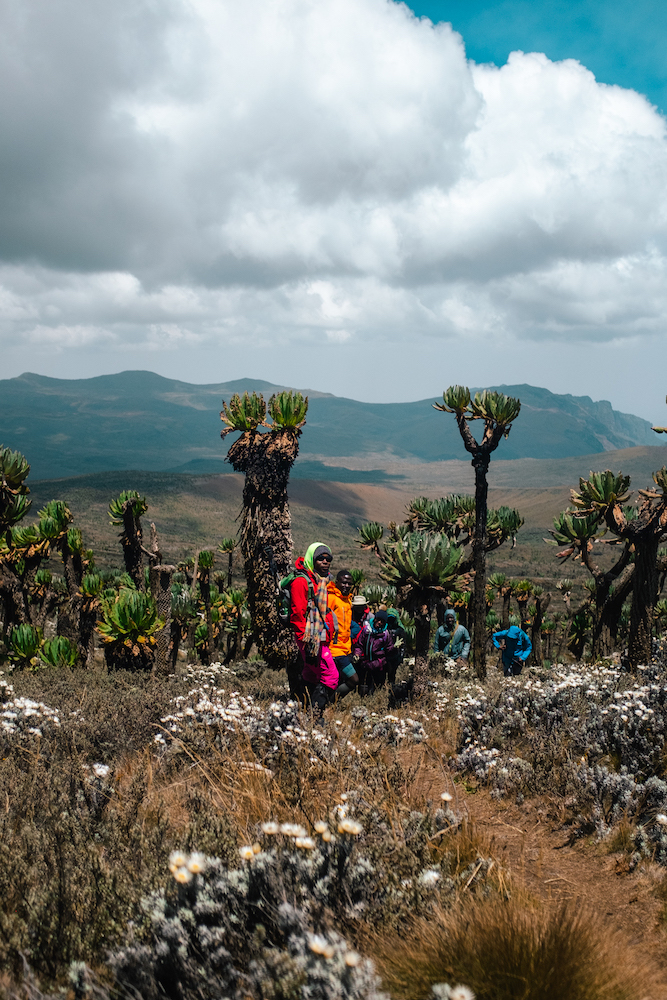
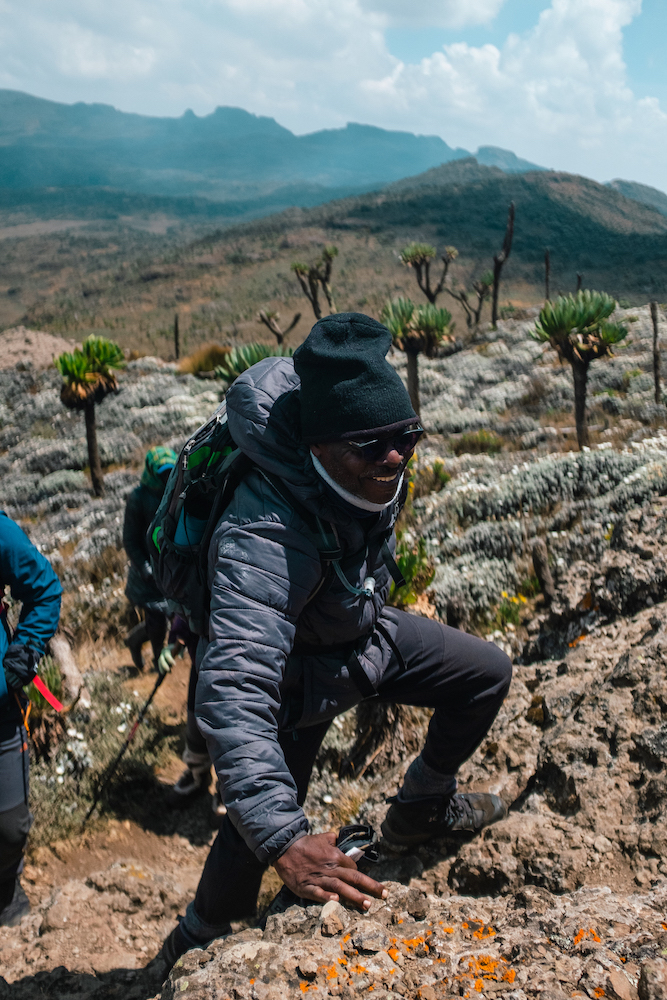
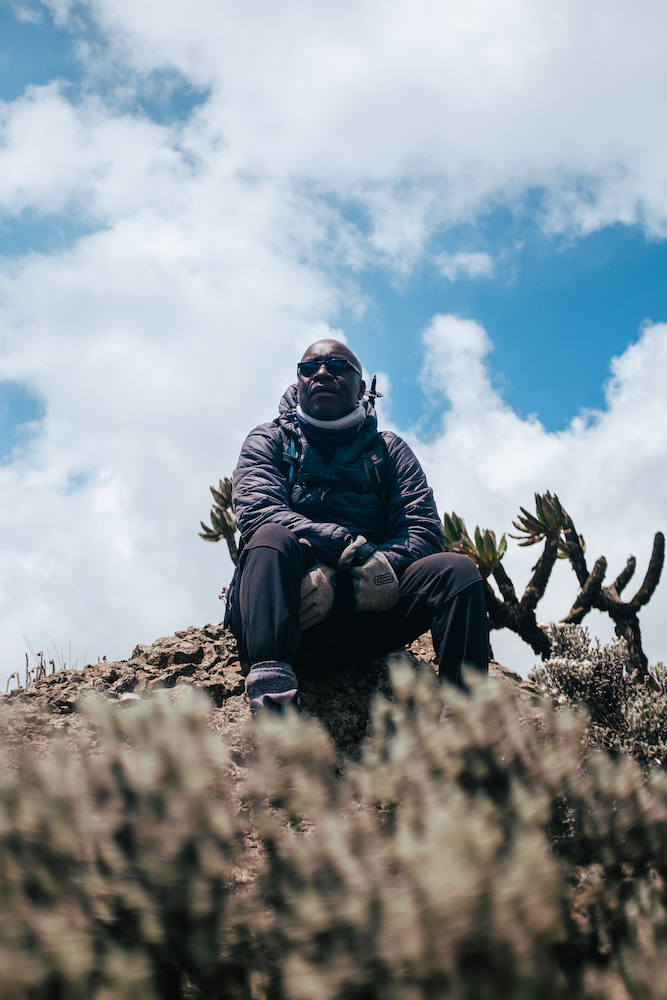
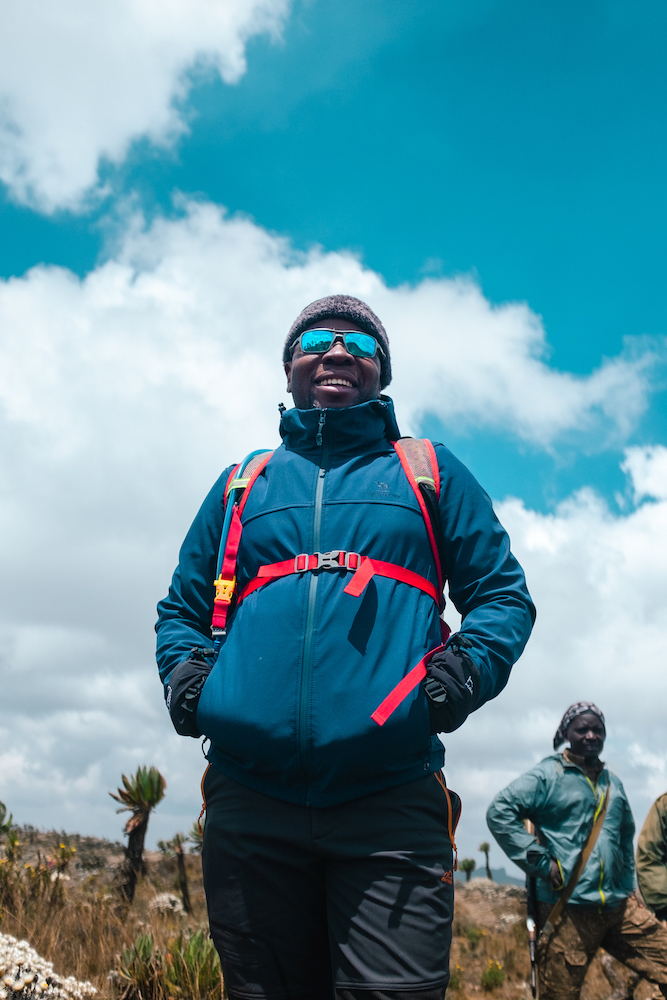
But eventually, we did reach the summit, Wagagai, standing at 4,321 meters above sea level.
Did you know that Mt Elgon used to be the highest mountain on the African continent? Volcanic eruptions and millennia of erosion have shrunk it to the height it is today, but when you look at the size of its crater (one of the largest calderas in the world at 40km²) you can imagine how majestic it must have looked.
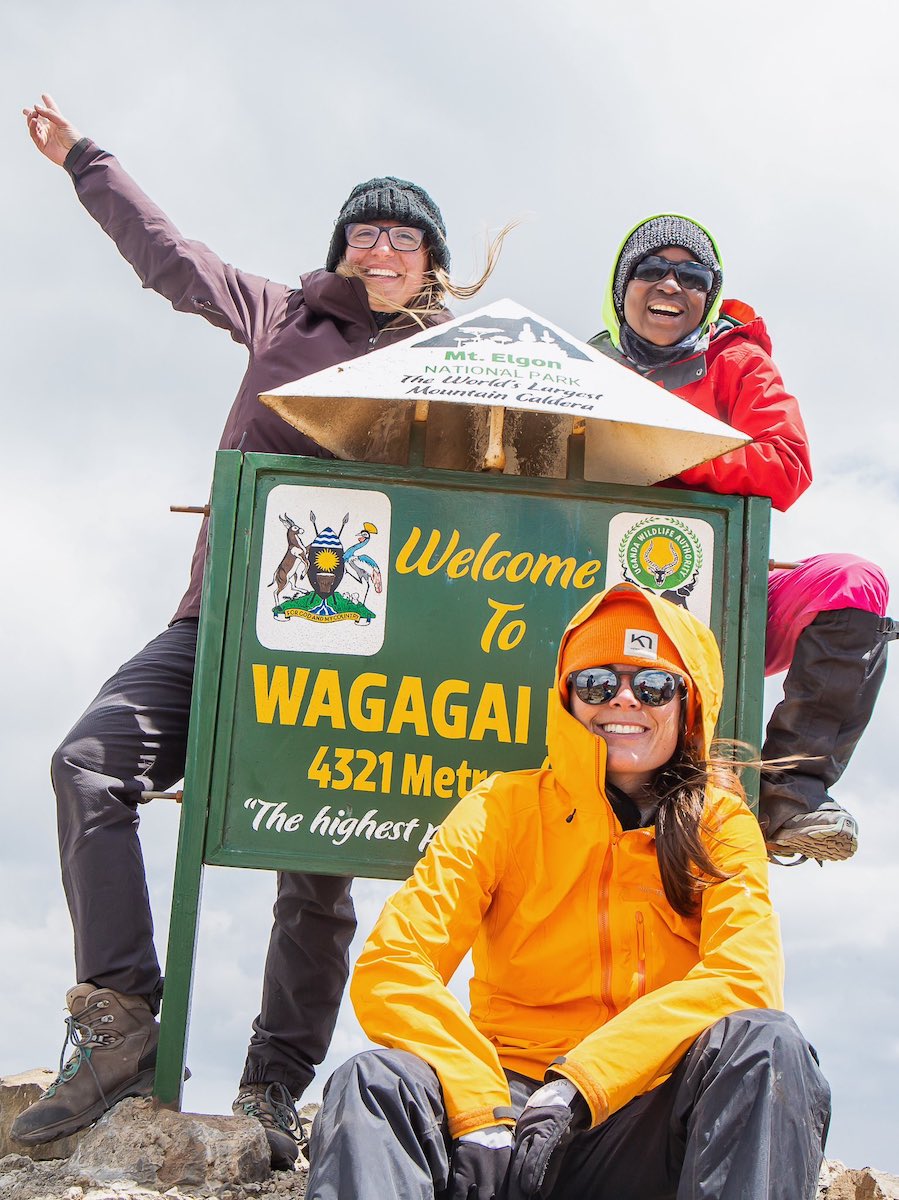
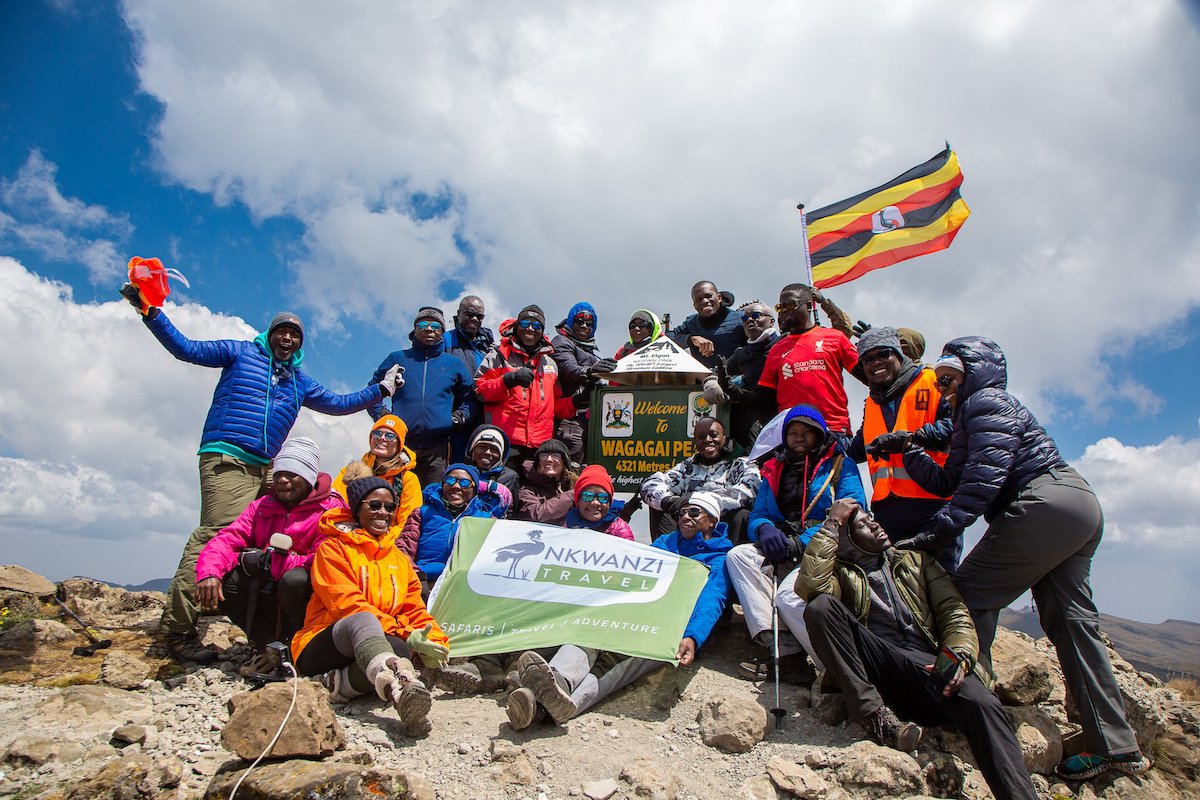
Now, I haven’t mentioned the team I was hiking with. Every evening, we would gather around the campfire to share stories and lively discussions. Our team and our guides made up an interesting collection of people from all walks of life, both in terms of profession, age, socioeconomic status and beliefs.
What I love about the campfire is that most of the time, the people who find a second home in the mountains, treat each other with tolerance and respect, regardless of the differences that lie between them. Debates can be heated, but at the end of the day, we remain friends.
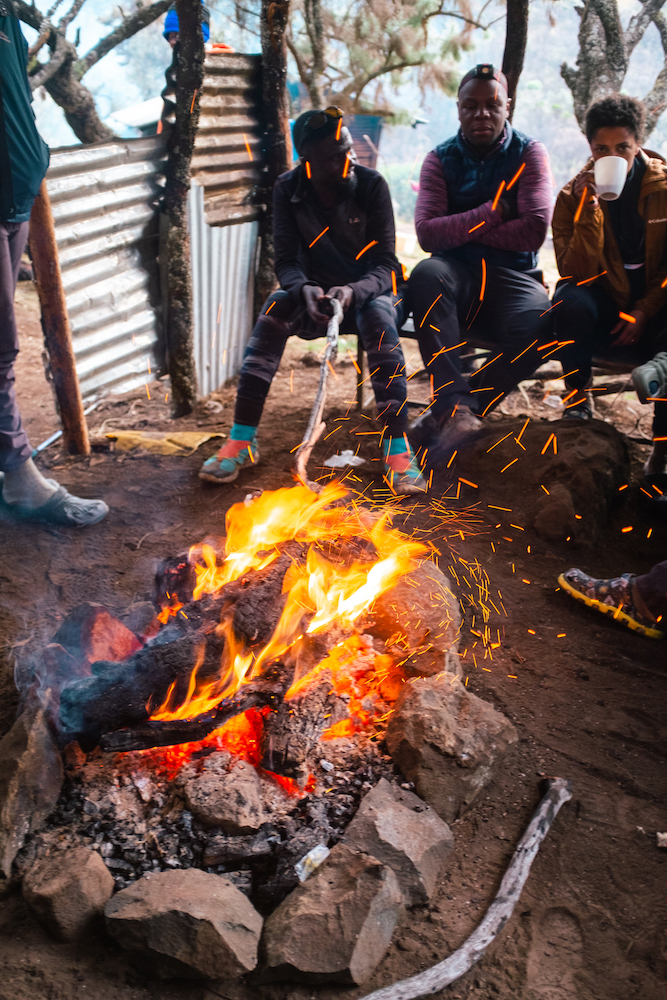
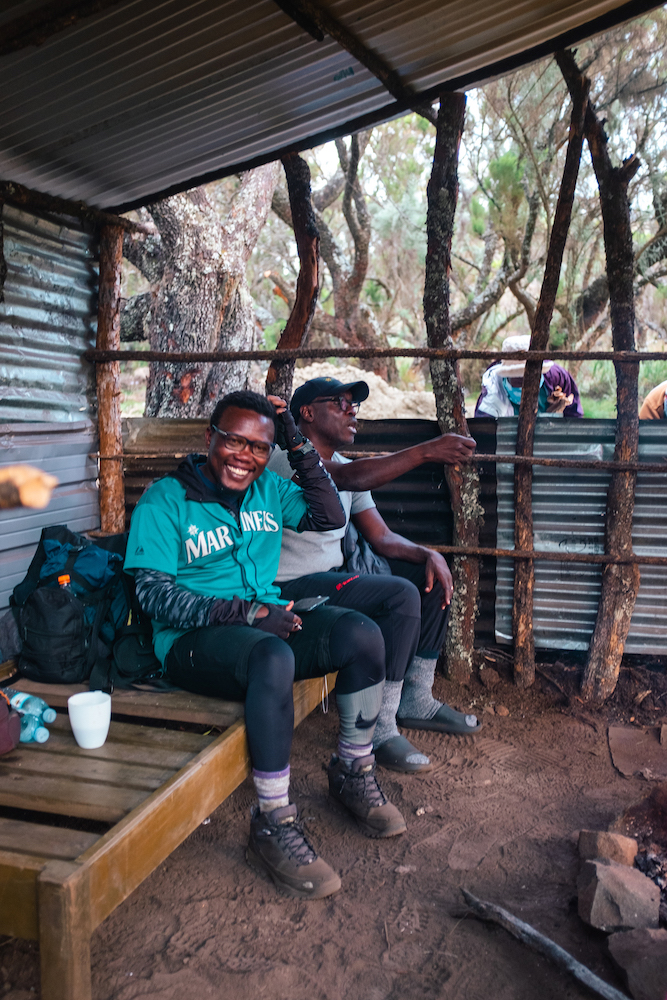
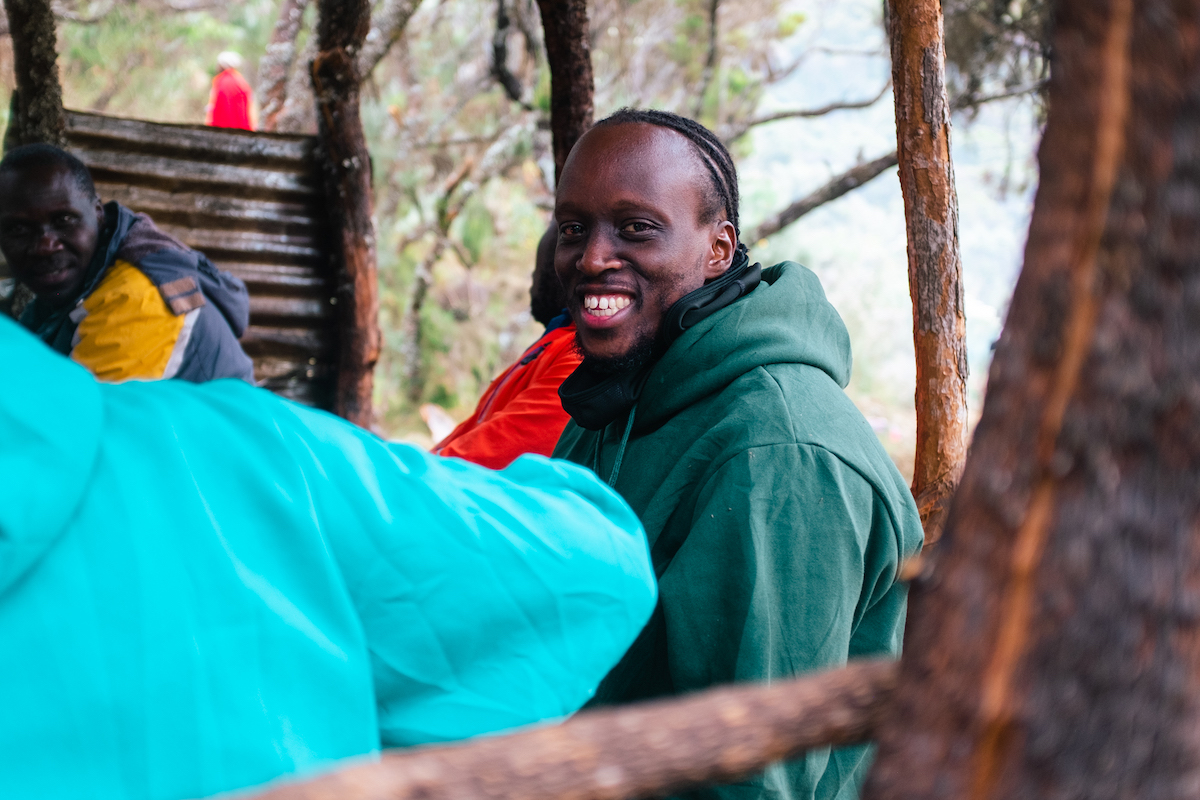
The last day we jogged down the mountain from Mude Camp to Budadiri trailhead. The final views (from the top of the Wall of Death) are quite spectacular:
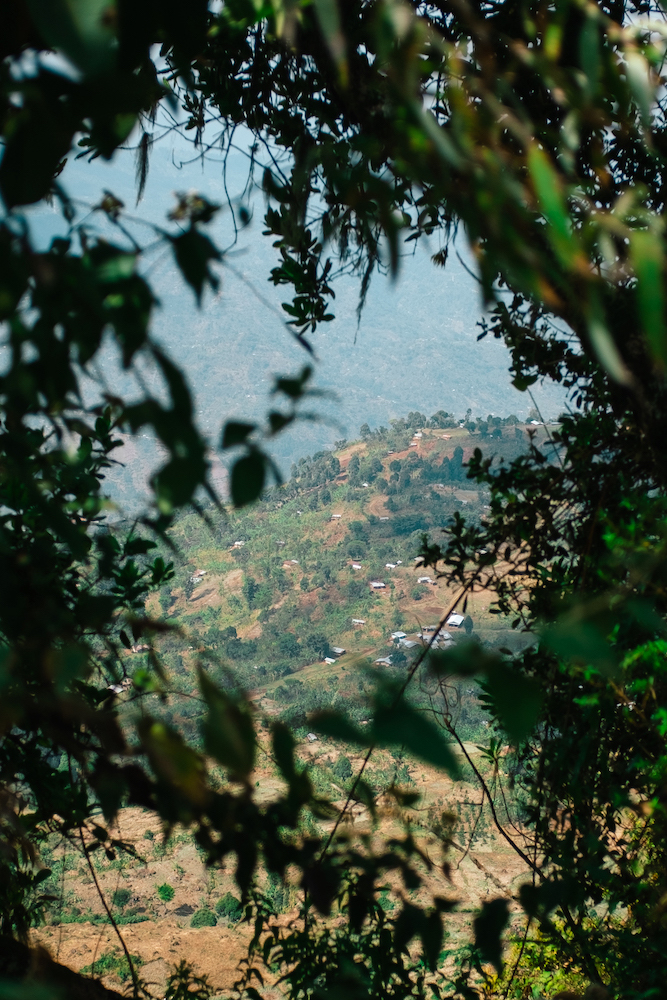
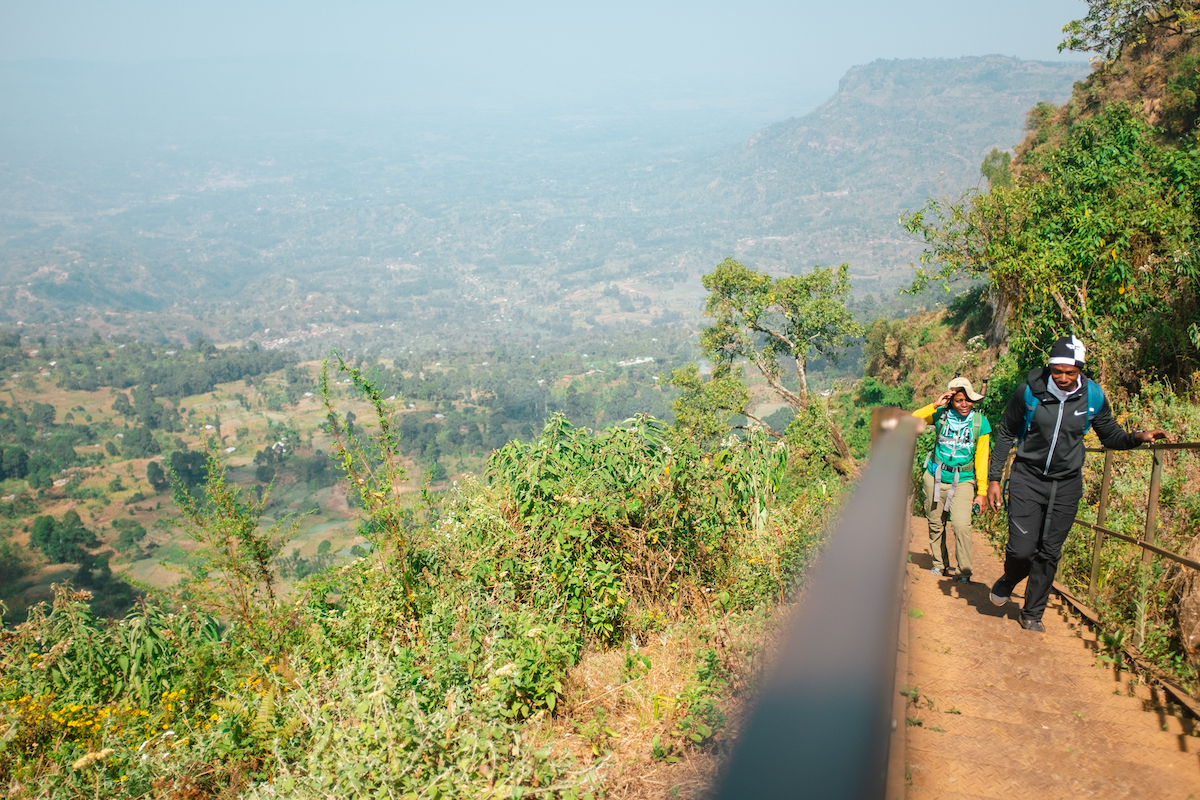
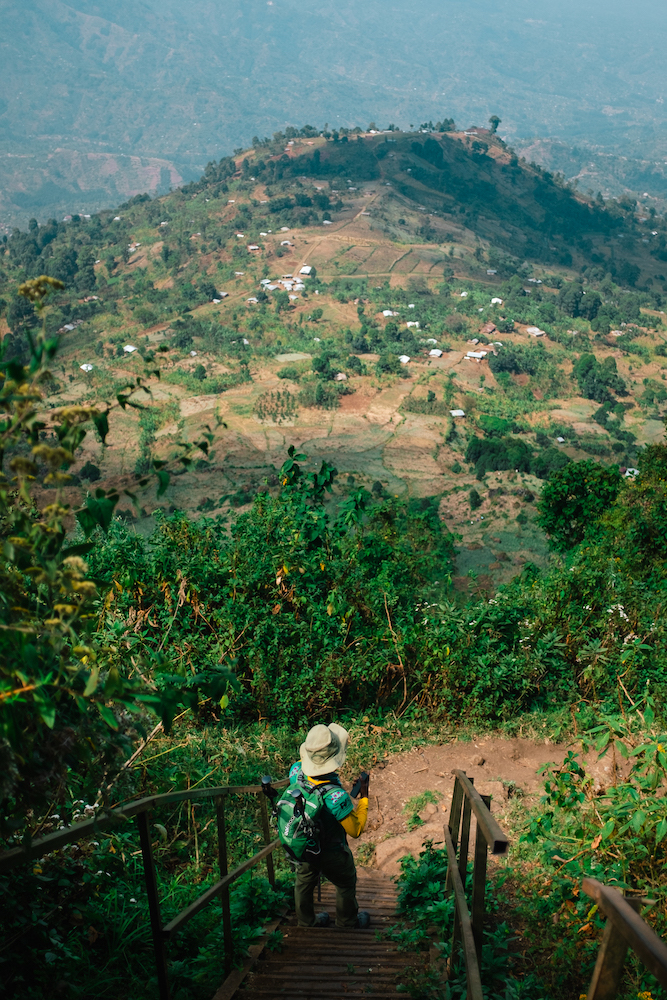
Already climbed Elgon? How about testing out the Rwenzori mountains? You can see photos and read more about them here.

